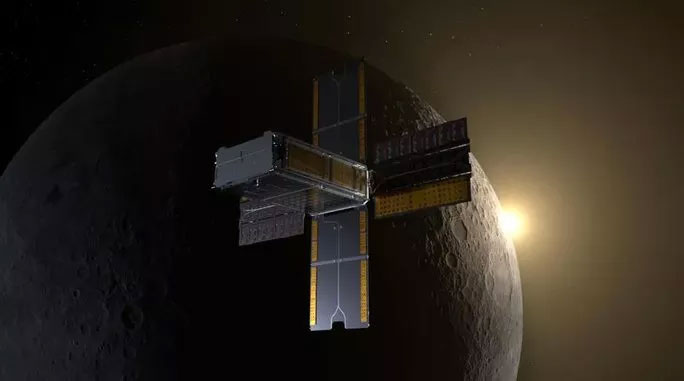Quietly accompanying NASA’s Artemis I spacecraft is a secret box the size of a shoebox, carrying special items from Earth.
According to SciTech Daily, NASA has revealed the initial successes of the BioSentinel mission, aimed at understanding what happens to life in deep space.

The BioSentinel spacecraft quietly uses Earth to gain momentum for deep space travel.
The small BioSentinel spacecraft launched alongside Artemis I, the spacecraft successfully launched by NASA on November 16 as a precursor mission for America’s return to human spaceflight.
While Artemis I prepares for the return of humans, BioSentinel quietly uses Earth to gain momentum for deep space travel. NASA scientists reported that they successfully received signals from this mini spacecraft shortly after the Artemis I launch.
Only the size of a shoebox, BioSentinel carries esteemed representatives of Earth—microorganisms in the form of yeast, small but sufficient for researchers to study the effects of the space environment on Earth organisms.
According to BioSentinel Project Director Matt Napoli, currently at NASA’s Ames Research Center, after some initial hiccups during deployment on November 16 and a successful momentum gain from Earth on November 22, the spacecraft is now operating stably, orienting its solar panels towards the Sun for charging and is expected to begin its testing journey next month.
NASA states that BioSentinel will travel towards the outer Solar System, including a flyby of Mars, to assess the impact of various environments on life.


















































